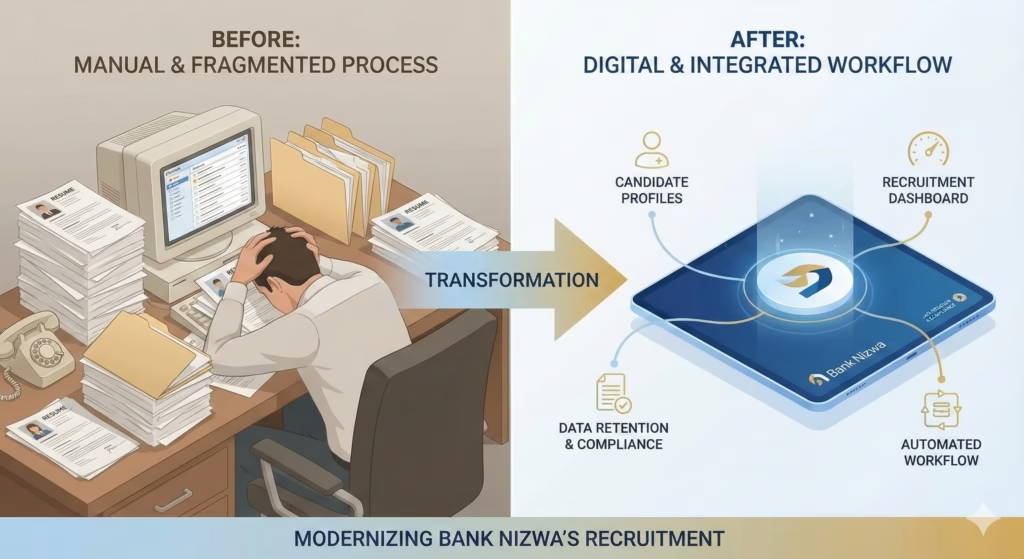Online shopping no longer has borders. A small brand in India can now sell directly to customers in the U.S., the Middle East, or Europe with just a few clicks. This growing trend, known as cross-border e-commerce, has turned the world into one giant marketplace. But while the opportunities are huge, managing international payments, currencies, and taxes can quickly become a headache for businesses that aren’t prepared.
In 2025, success in cross-border e-commerce depends on two things — smart digital payment systems and strong backend integration. Let’s look at how businesses can stay ahead.
1. The Rise of Global Shoppers
Consumers today are more open to buying from international websites than ever before. Thanks to faster delivery networks, transparent return policies, and multiple payment options, people no longer worry about buying from another country.
However, businesses must be ready for local currency payments, different tax rules, and shipping compliance. Without an automated system, these factors can slow down order processing and increase manual work.
2. Why Digital Payment Systems Matter More Than Ever
In a borderless market, payments must be fast, secure, and flexible. Customers expect to pay using local wallets (like Paytm, Alipay, or PayPal) or even through instant bank transfers.
Advanced payment gateways now handle:
Multi-currency transactions (auto-converting prices)
Real-time fraud detection
Instant settlements for both customers and sellers
Businesses using ERP-connected payment solutions can track all global transactions from a single dashboard — reducing human error and making accounting much smoother.
3. Automation: The Real Game-Changer
Manual processing doesn’t work when orders start coming from multiple countries. This is where automation — especially through ERP connectors and integrated systems — plays a major role.
For example:
Orders placed on an e-commerce platform automatically sync with ERP systems.
Currency conversions and taxes are calculated in real time.
Payments are reconciled automatically, cutting down 60-70% of manual work.
This kind of integration helps businesses scale globally without increasing their workload.
4. Challenges Businesses Still Face
Even in 2025, many small and medium-sized businesses struggle with:
Payment delays due to poor gateway integration
High transaction fees
Currency fluctuations affecting profit margins
Compliance issues with local tax laws
To stay competitive, businesses need a system that can handle multiple payment gateways, automate tax calculations, and give real-time visibility into their finances.
5. The Future: Unified Commerce Platforms
The next big step for cross-border e-commerce is unified commerce — where sales, payments, logistics, and customer management are all connected through one platform.
Solutions like Procure Smart and SAP ERP connectors help achieve this by linking different parts of the business together — so no data is lost between the front end (website) and back end (accounting, finance, or procurement).
This means fewer errors, faster decision-making, and happier global customers.
Conclusion
Cross-border e-commerce is no longer just for big brands. With the right digital payment tools and integrated systems, even smaller businesses can compete globally. 2025 is all about speed, security, and smart automation — not just selling products but creating seamless international experiences.
Businesses that invest in ERP-linked e-commerce systems today will be the ones leading tomorrow’s global market




